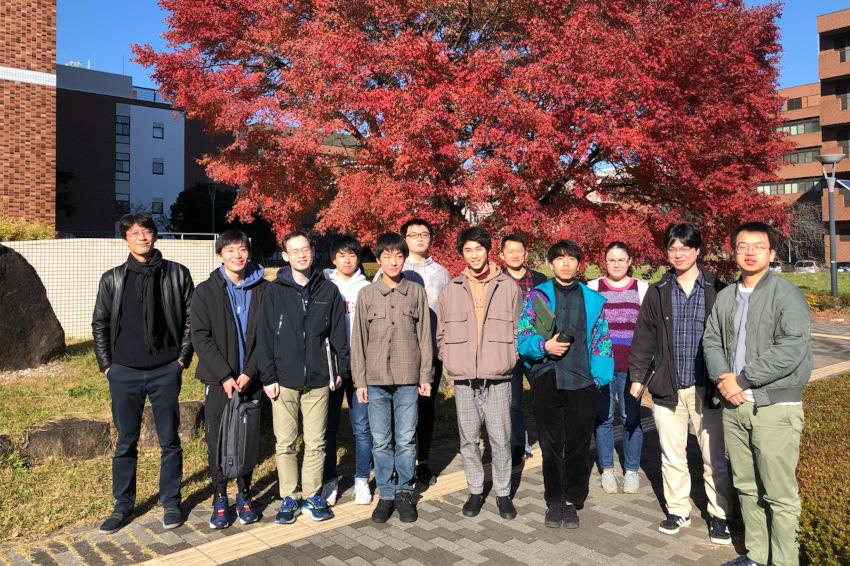A tunable laser based on liquid droplets
17.07.2023 - New devices can be inkjet-printed, and have a color that changes based on the shape.
Scientists from the Tsukuba Research Center for Energy Materials Science at the University of Tsukuba demonstrated a simple method to produce ionic liquid microdroplets that work as flexible, long-lasting, and pneumatically tunable lasers. Unlike existing droplet lasers that cannot operate under atmosphere, this new development may enable lasers that can be used in everyday settings.
Lotus plants have a remarkable self-cleaning property. Instead of flattening on the surface of a lotus leaf, water droplets will form near-perfect spheres and roll off, taking dust with them. This lotus effect is caused by microscopic bumps in the leaf. Now, the team of researchers have taken advantage of an artificial lotus effect to create liquid droplets that can act like lasers, while remaining stable for up to a month. Currently available droplet lasers cannot be used under ambient conditions, since they will simply evaporate unless enclosed inside a container. In this new research, an ionic liquid – 1-ethyl-3-methylimidazolium tetrafluoroborate (EMIBF4) – was mixed with a dye that allows it to become a laser.
This liquid was chosen because it evaporates very slowly and has a relatively large surface tension. Then, a quartz substrate is coated with tiny fluorinated silica nanoparticles to make the surface repel liquids. When the EMIBF4 is deposited on it from a pipette, the tiny droplets remain almost completely spherical. The researchers showed that the droplet could remain stable for 30 days at least. “The desired morphological and optical properties of the droplet were predicted by mathematical calculations to remain even when exposed to gas convection,” says Hiroshi Yamagishi.
The shape and stability against evaporation allow the droplet to maintain an optical resonance when excited with a laser pumping source. Blowing nitrogen gas can shift the laser peaks in the range of 645 to 662 nanometers by slightly deforming the droplet shapes. “This is, to our knowledge, the first liquid laser oscillator that is reversibly tunable by the gas convections,” says Yamagishi. The laser droplet can also be used as a very sensitive humidity sensor or airflow detector. The researchers then employed a commercial inkjet printing apparatus equipped with a printer head that could work with a viscous liquid. The printed arrays of laser droplets worked without the need for further treatment.
The findings of this research indicate that the production is highly scalable and easy to perform, so that it can be readily applied to manufacture inexpensive sensor or optical communication devices. This research may lead to new airflow detectors or less expensive fiber-optics communications. (Source: Tsukuba U.)







